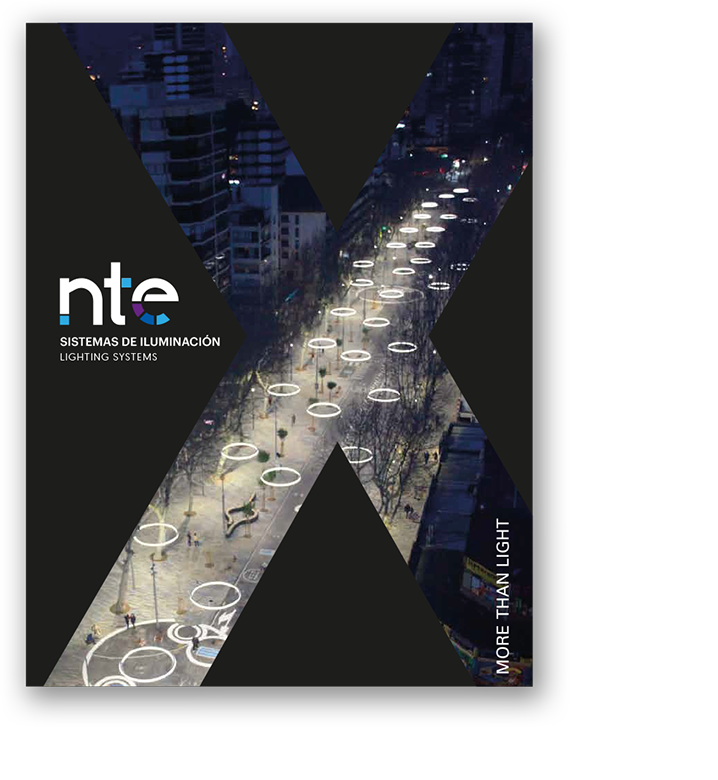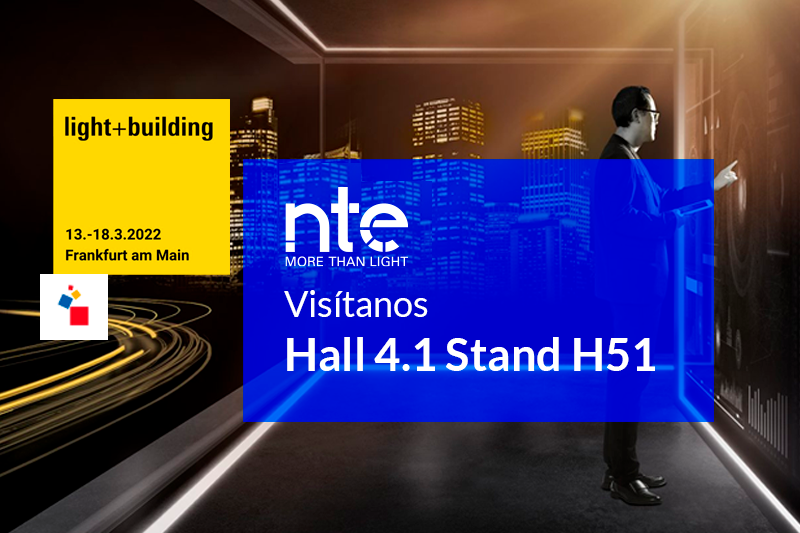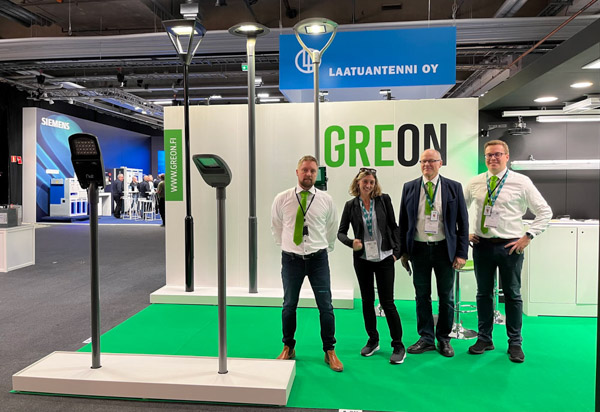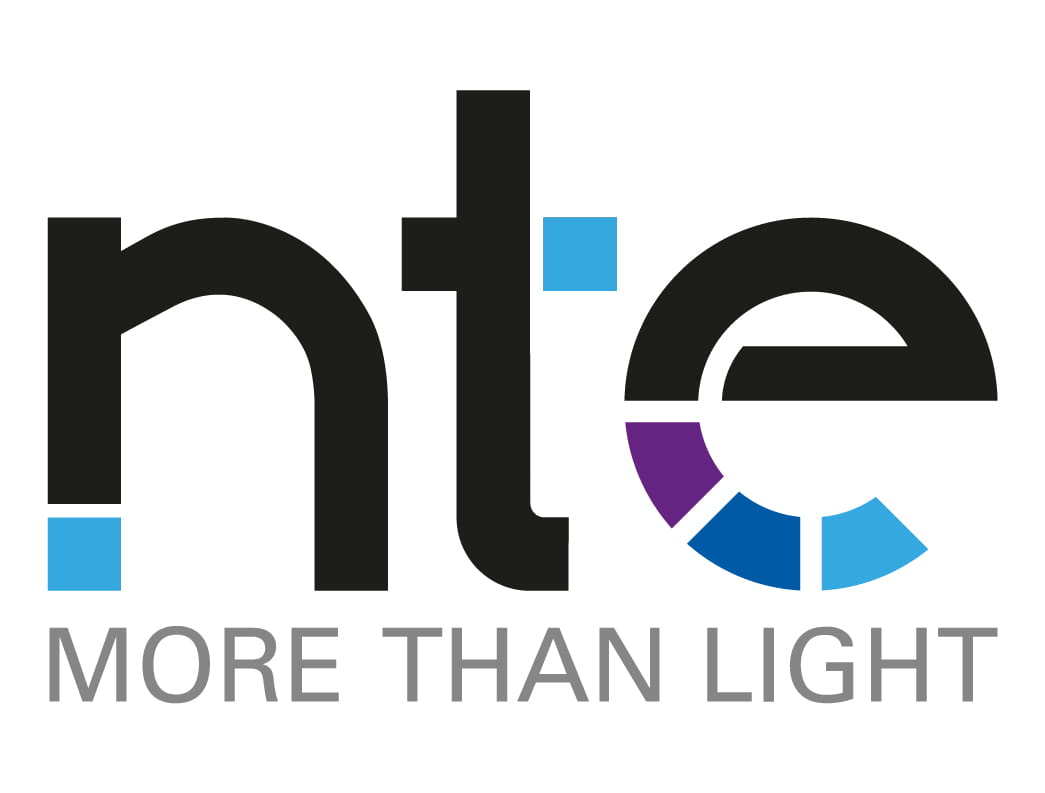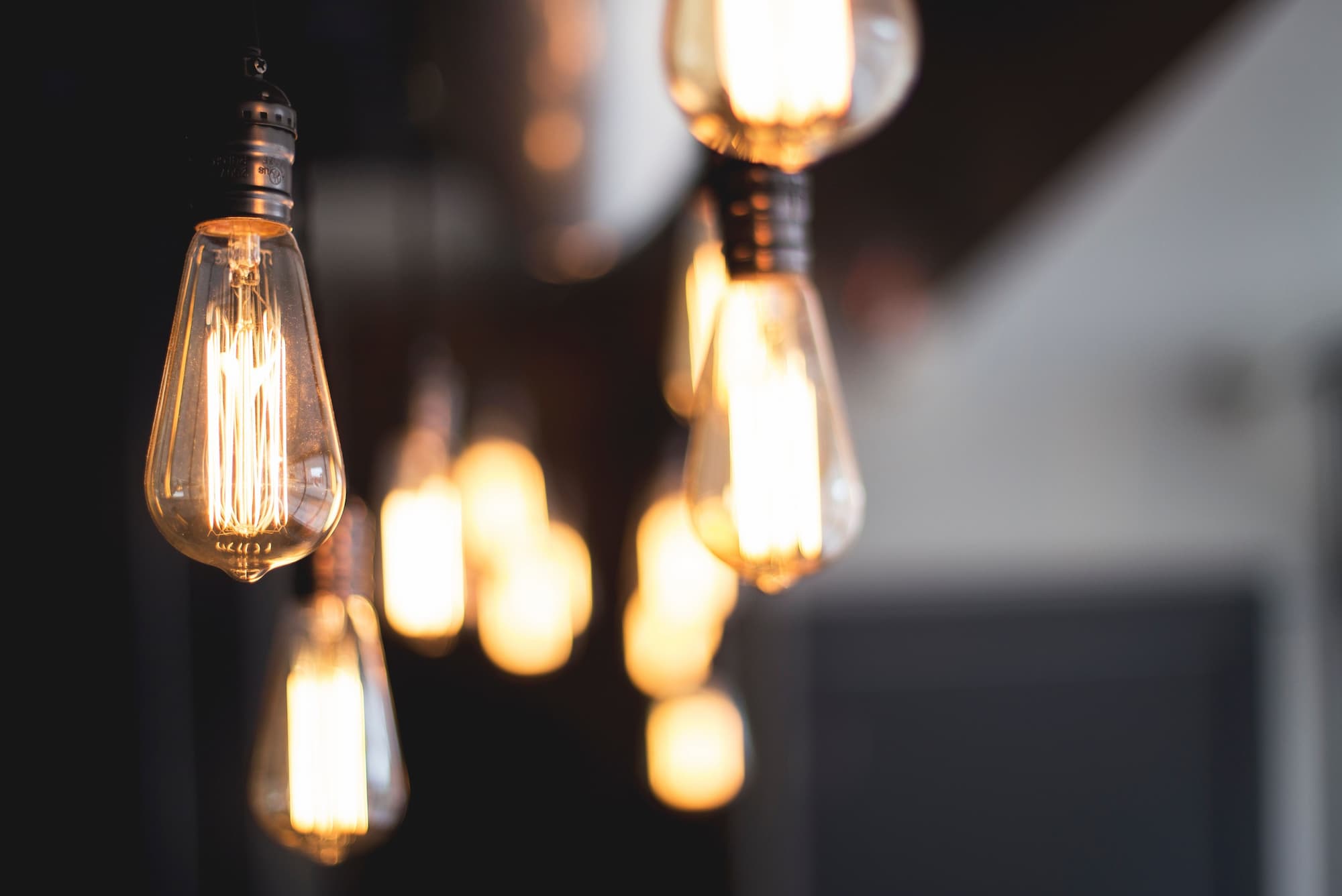Intelligent lighting is a lighting system that provides light when and where it is needed. The devices that make up this lighting make it easy to switch it on and off remotely.
In the home, we can control this type of smart lighting from a mobile device or with a voice assistant. In other areas, we are referring to automated lighting systems such as street lighting, football pitch floodlights, offices, etc.
Tabla de contenidos
ToggleWhat is smart lighting for? Main advantages
Intelligent lighting has many advantages. More and more companies, public entities and individuals are turning to a technology that is efficient, flexible and easy to install and configure.
Energy savings
There are significant energy savings thanks to the various dimming and programming configurations of LED luminaires. Presence and sunlight sensors help to save energy.
Durability and efficiency
These systems contribute to an optimised and regulated use of all resources. For example, automatic switch-off only occurs in areas where no one is present. Sensors in these systems detect when sunlight is sufficient to maximise performance and visual comfort. They are easy to maintain and their use is more appropriate to the needs.
Visual comfort
People who have these intelligent lighting systems enjoy greater visual comfort. The main reason for this is to have more customisation to suit the needs of each individual.
Aesthetics and ambience
An intelligent lighting system allows you to configure and design any setting. Adjusting the intensity and colour temperature allows you to set the aesthetics and ambience. These lighting systems can be changed at any time depending on factors such as the amount of light in each space.
Applying these intelligent lighting systems provides great benefits. Both for public spaces and in the home.
The most common applications of these systems tend to be in public places, where the necessary light is used and not wasted at any time.
What kind of smart lighting systems are available outside the home
Offices
When a user enters the office, the luminaires are automatically activated. When he leaves and the room is empty, they are automatically switched off. The ceiling lights can be dimmed according to the amount of light in the environment. There is also a manual mode with which you can adjust the lighting levels to your liking.
Classrooms
When entering the classrooms, the lighting is switched on manually. If there are people inside, both switching on and off is also manual. Once everyone leaves the room, the luminaire is automatically switched off. The dimmers on the wall allow you to create any scene. You can also take advantage of the natural light to set maximum illumination in the room and on the whiteboards.
Corridors and passageways
These systems can also be installed in any passageway. In this case, the luminaires are automatically switched on when people pass by. As soon as no one passes by, they are automatically switched off.
Toilets (WC)
In this system, the lighting is switched on when someone enters and the toilets are occupied. Switching off is automatic when the space is vacated. If you wish, you can use manual regulation. Both the lounge and the toilet cubicles work with the same system.
Work and meeting rooms
In most cases, the lighting is switched on manually when you enter the room. When the room is occupied, you can use the switch on the wall to turn it on and off. When it is time to leave, the whole room is automatically switched off. As in all scenarios, you can use the dimmer on the wall to set the lighting.
What types of lighting systems are available in the home?
In the home, we can find various intelligent lighting systems. It goes without saying that the offer we find on the market for the home is not as specialised and precise as that offered by the lighting companies. This does not mean that we cannot enjoy all these advantages that smart lighting offers us in our homes. Let’s see what the best smart lighting systems are
- Smart bulbs. They can be inserted into any lamp socket.
- Smart LED strips. LED strips can be placed around the furniture to achieve an ambience according to our preferences. They are normally used in the living room to set the atmosphere like a cinema.
- Smart plugs. Smart sockets do not allow you to adjust the colour of the bulb or generate other types of actions, but they do allow you to switch the light on and off from an app.

